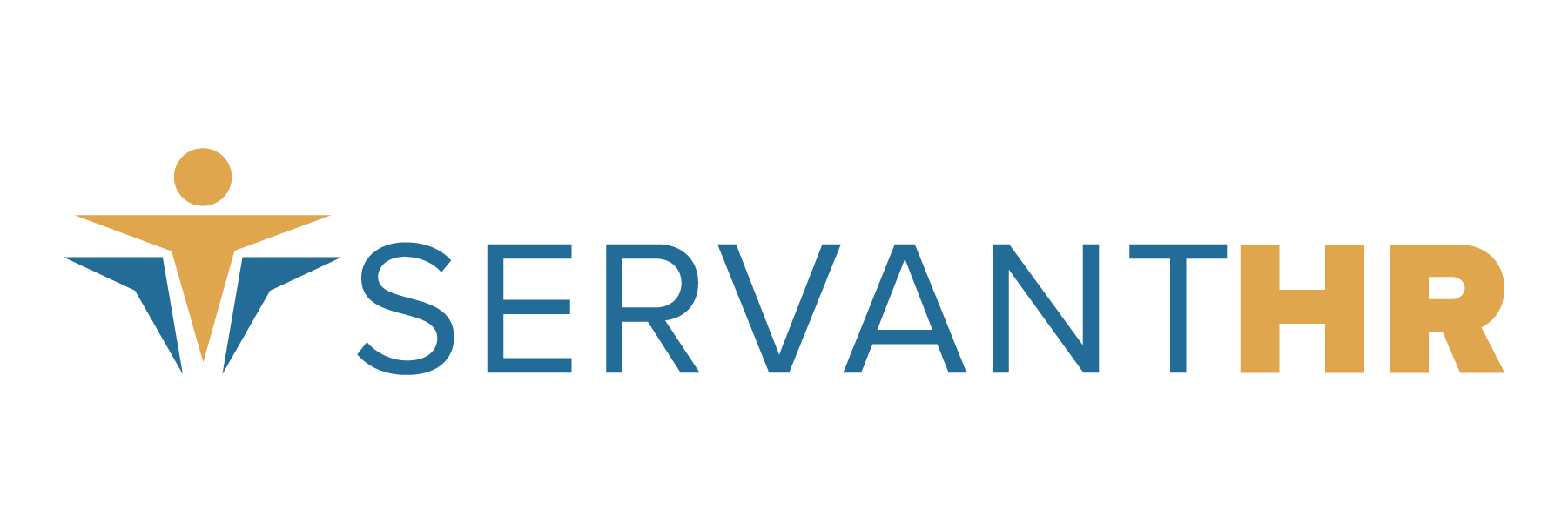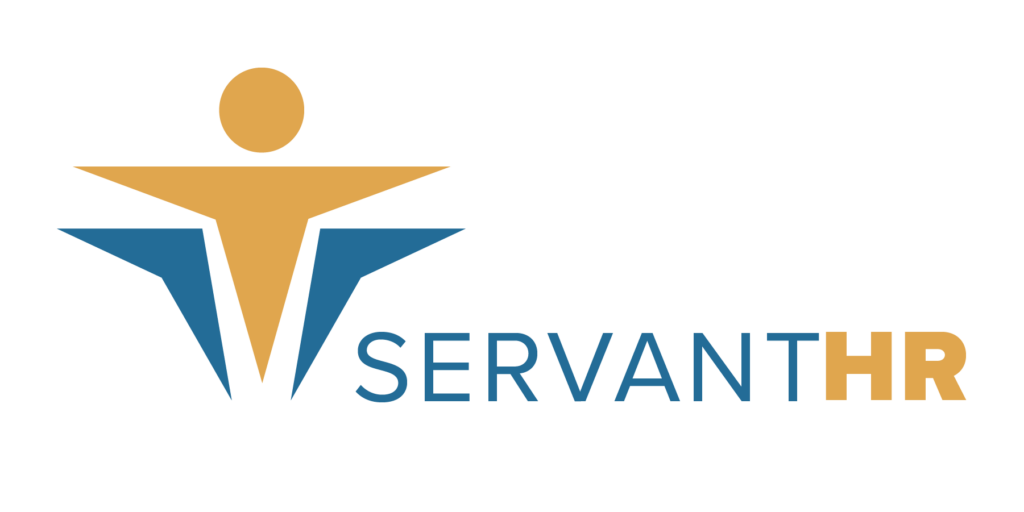
What the New Exempt Salary Threshold Could Mean for Your Business
The new proposal, if finalized, could result in the transition of more than one million currently exempt workers to non exempt, as well as many pay increases for employees below the new threshold.







